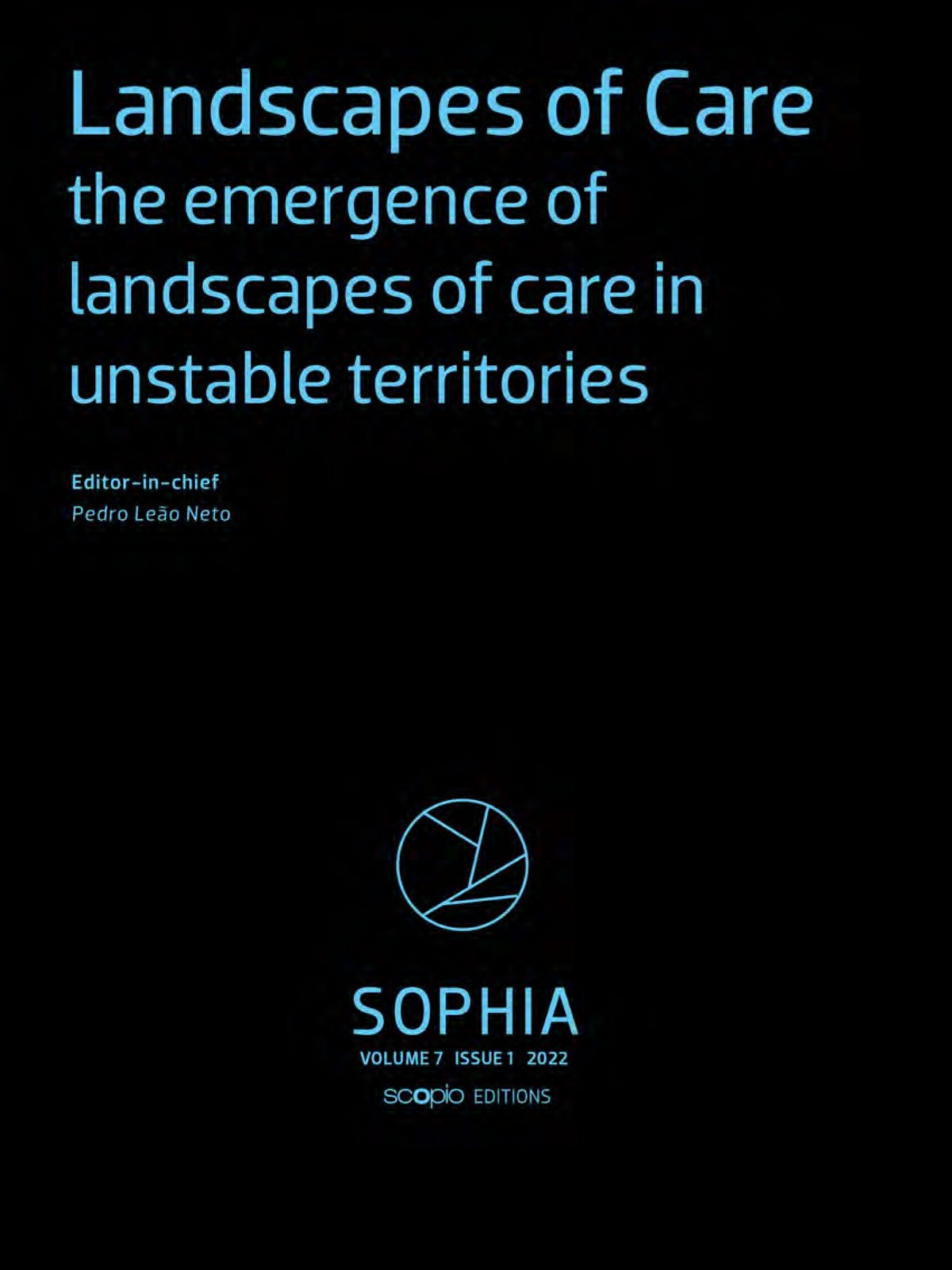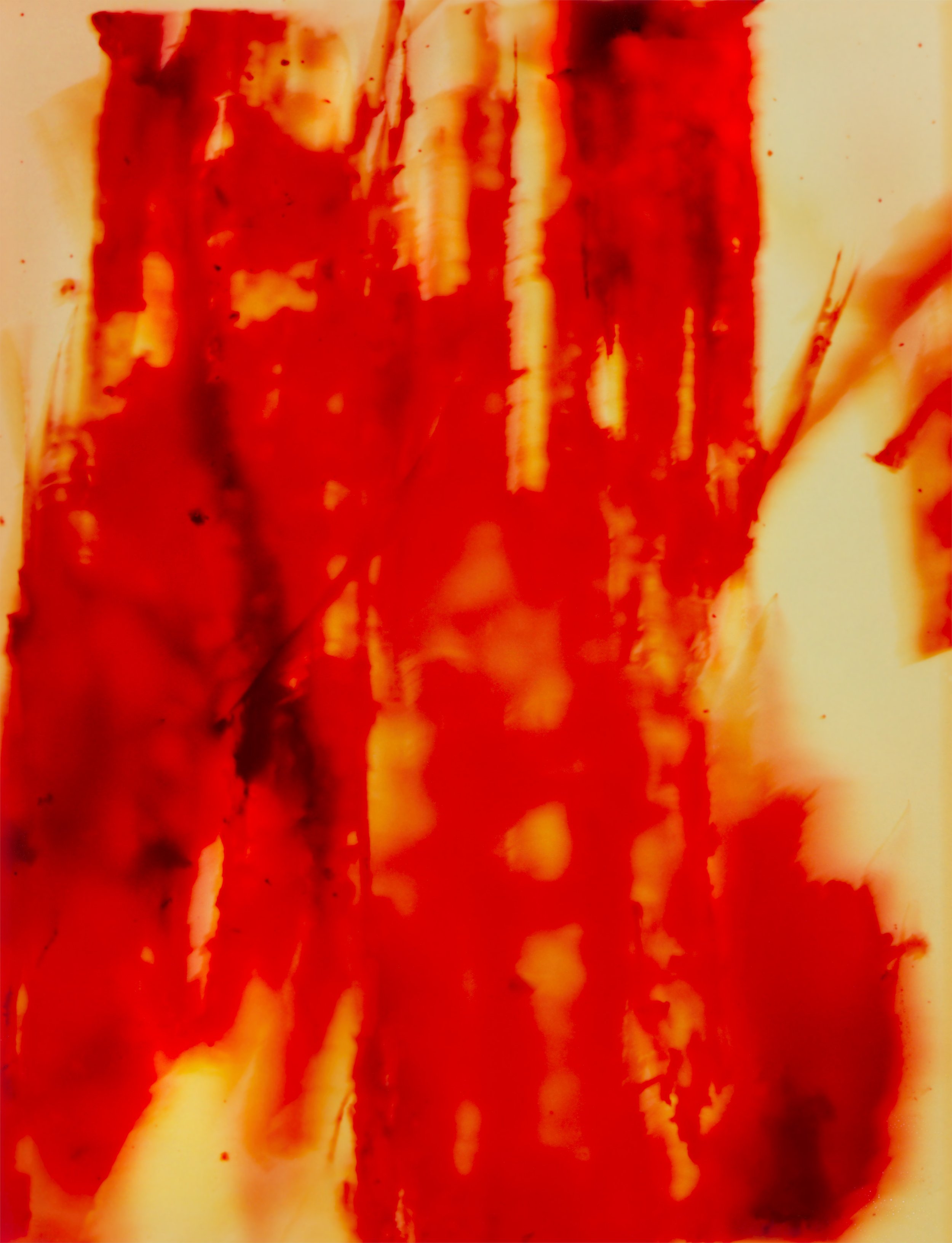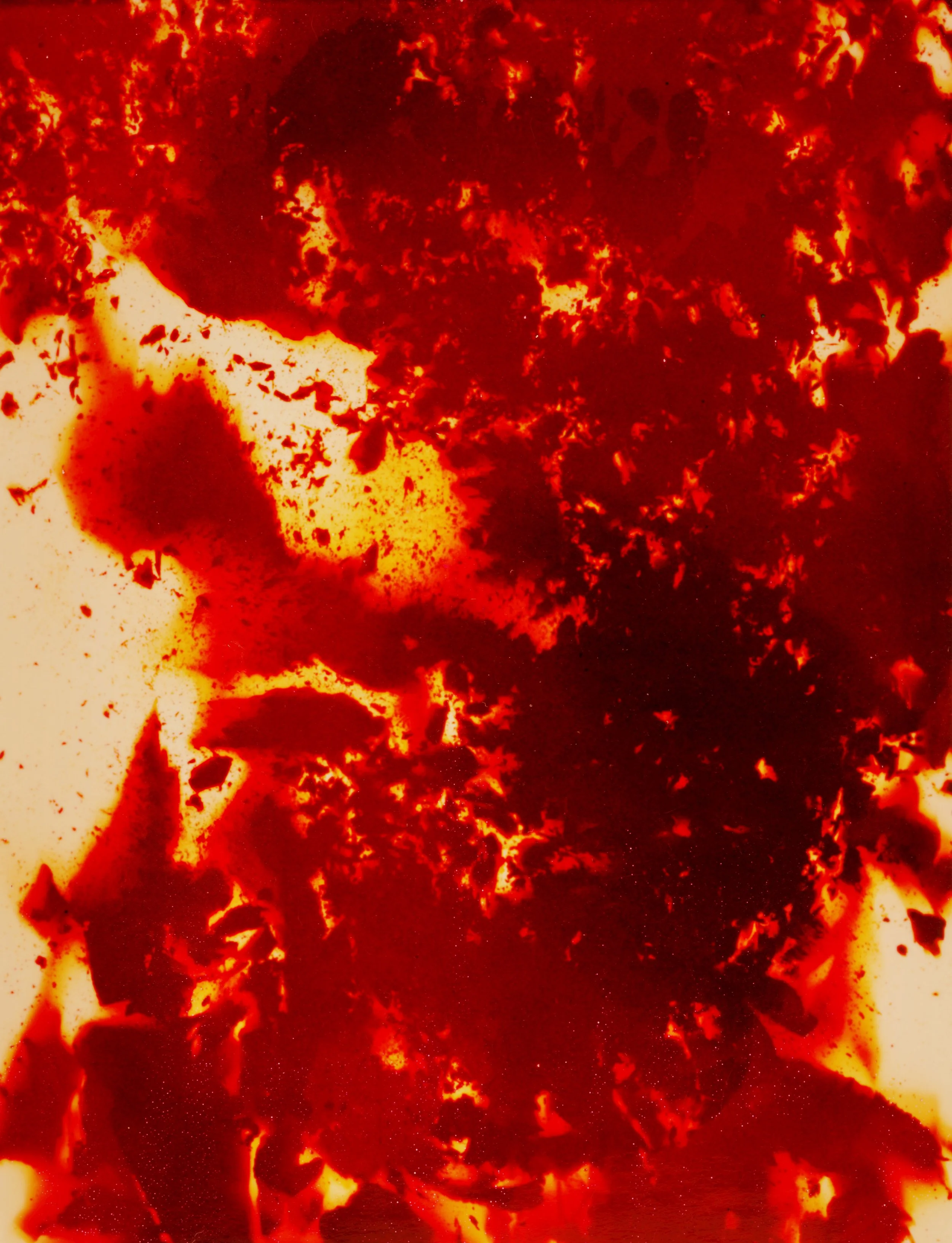As an artist and photographer, I am fascinated by the interplay between life and death and how the rest of the natural world bears witness to our existence. So, I am thrilled to announce that a section of our Landscape Fire project has been published in the peer-reviewed Sophia Journal, our visual essay, Song of the Dead, contributes as a poetic meditation on living with fire and the resilience of communities emerging from so-called natural disasters.
As an auto-didactic learner, I hope this story is particularly inspiring for those who have struggled with traditional education systems or have not had access to them. I hope others see that there are alternative paths to raising awareness and that they can achieve their goals with by focus, dedication and have moments of peace that this brings.
Sophia Journal Volume 7 can be downloaded as a PDF - here. Songs of the Dead - here.
Sophia Journal’s third cycle main theme is “Landscapes of Care” with an overall interest around contemporary photography on how architecture can help a broken planet. The concept of “Landscapes of Care” has increasingly been adopted by diverse areas of study, from health geography to the arts and architecture. It allows us to understand architecture, city and territory as living and inclusive organisms, constituted by multifaceted landscapes with complex social and organisational spatialities which embody the difference and the other, the strange, the unfamiliar, the indigenous, the human and the non-human.
It intends to understand how the photographic/imagery universe can be explored as a meaningful instrument of research about the multifaceted complex socioeconomic, political, historical, technical and ecological dimensions of architecture, city and territory that testify, question or emerge from relationships of care.
Above: Front Cover Sophia Journal Volume 7 Issue 1
I take you on a journey through the creation of Song of the Dead from its inception to its publication in Sophia Journal. It is thrilling to be working alongside such a talented group of individuals, and we are grateful for the support of the Fort McMurray community. Together, we hope to contribute to a greater understanding of our planet's complex challenges and find innovative solutions for people through compassion.
Above: The dance song begins.
Pyrograph by ©Alan McFetridge.
Songs of the Dead is a photographic exploration of the aftermath of a devastating fire that impacted the community of Fort McMurray in Alberta, Canada, on the 3rd of May 2016. Six months after the fire, stimulated by media coverage and reflecting on the discourse surrounding dispossession and the environment, the project commenced with the support of a Royal Photographic Society Environmental Awareness Bursary in a region inhabited by Anishinaabe located within Treaty 8 Territory, the traditional lands of the Cree, Dene and unceded territory of the Métis.
Above: My blood is related to them.
Photography by ©Alan McFetridge.
As a visual essay in Sophia Journal, Song of the Dead reflects a firey aftermath. A landscape jolted into a renewal cycle, leaving behind a wake of destruction with glimmers of renewal. The photographs capture a landscape and geography visibly disturbed by the fire. Yet, the story I found was not so straightforward because Fort McMurray, as it stands today, is built on money from international crude oil use; therefore, the implication of billions of oil users must be considered as part of the fabric of the event. According to the Enlightenment Philosophy of Immanuel Kant, if ground experience or witness tells us what is the case, theory tells us what must be the case. Therefore in this vein, in addition to what the landscape tells me, the academic paper calls for theoretical placement. To do this, we worked with David Campany's excellent Late Photography essay, which refers to photographers arriving deliberately late - after the event after the moving images for social and news media. We also explore the ethics of imagery and how Aftermath, once described an agricultural landscape, is more commonly used as the unsteady, shaken landscape impacted by human war or conflict and confusingly with climate events.
The publication of Song of the Dead is timely and significant for several reasons. Firstly, it offers a unique perspective on the aftermath of the Fort McMurray wildfire, one of the largest wildfires in Canadian history. The journal showcases how photography can reveal and open the lid offering a poignant reflection on the context of today's devastating fires occurring globally.
Secondly, Song of the Dead speaks to the urgent need for action on climate change. The cycle of renewal depicted in the photographs reminds us that the rest of nature is ultimately more resilient than institutions and attitudes that have homogenised indigenous communities and bio-diversity—moreover, the need to look at the reasons behind the towering flames. The visual essay serves as a call to action for individuals and governments to take meaningful steps to address climate change and protect the environment and ecology because communities are more at risk as wildfire severity grows.
Finally, Song of the Dead is a testament to the power of poetics, songs and stories in conveying important messages. The photographs and accompanying text offer a moving tribute to the natural world and a reminder of the malignant impact of specific human activity on planetary systems, such as fire in the boreal forest. Through this work, I encourage you to reflect on your relationship with the environment and the urgent need for developing togetherness.
In conclusion, "Songs of the Dead" is an important addition to the ongoing conversation on climate change and the convergence of ecology, culture, and society. We are immensely grateful to the Sophia Journal for publishing our work, and we hope our readers find our ideas informative and inspiring. We also want to express our appreciation to the Fort McMurray community, whose perspectives and experiences have significantly influenced our research and deepened our understanding of our planet's intricate challenges. We can collectively achieve a more sustainable future by fostering oneness, collaboration, and embracing inclusive approaches. I am incredibly proud of this achievement as an autodidact and for our emerging group, The Centre for Ecological Philosophy. Getting the project published in a peer-reviewed journal is a significant milestone, and having work published in one demonstrates that our visual research is of high quality and importance.
Co-Authors, Reviewer & Editorial Board: We are proud to have a team of co-authors with diverse backgrounds and expertise. Antoinette Johnson brings a unique perspective with her passion for exploring the relationship between science and the arts, particularly in relation to 19th-century western scientific developments and their influence on literature, theatre, art, photography, and the everyday performance of the self or persona. Emma Mcloughin's expertise in visual anthropology and her focus on the intersection of arts and sciences within ecology and climate change is valuable to our work. Her work involves critiquing and challenging systems of power within the Anthropocene through political-ecological imagining and collective world-making. Dan Devitt's public health background, focusing on children and young people, brings valuable insights into our work, especially in the areas of child death review and suicide prevention. His work includes national guidance and specialist academic publications associated with child death.
Above: The dance song ends.
Pyrograph by ©Alan McFetridge.
The Sophia Journal has a rigorous peer review process, which includes a diverse group of reviewers for each issue. It is essential to recognise the role of peer review in ensuring the quality of academic publications.
The reviewers for the 7th issue of the Sophia Journal included Andrew Higgot (AA Grad Dipl PhD), Cristina Gastón Guirao (ETSAB, UPC), David Leite Viana (CEAU / FAUP - UPT), Edward Dimendberg (University of California Irvine), Gisela Lameira (FAUP/CEAU), Hugh Campbell (University College Dublin), Iñaki Bergera (Arquitectura / UNIZAR), Jorge Ramos Jular (GIR UVa | ESPACIAR), Katarina Andjelkovic (Atelier AG Andjelkovic), Miguel Leal (FBAUP / i2ADS), Olívia Marques da Silva (P.PORTO / ESMAD), Susana Lourenço Marques (FBAUP / i2ADS), and Teresa Ferreira (FAUP/ CEAU).
We also acknowledge the hard work and dedication of the Editorial Board and the Scientific Advisory Board of the Sophia Journal, including Editor-in-chief Pedro Leão Neto, Edward Dimendberg (University of California Irvine), Susana Ventura (FAUP / CEAU), Iñaki Bergera (Arquitectura / Unizar), Fátima Pombo (UA / DECA / ID+), Wilfried Wang (UTSoA), Jorge Marum (CIAUD-UBI), and Andreia Alves de Oliveira (Sophia Journal). Their commitment to promoting rigorous academic scholarship and fostering critical discourse is greatly appreciated.
Finally, we also extend our gratitude to all authors of the texts, articles, and visual essays featured in the 7th issue of the Sophia Journal: Bruna Di Palma, Mario Ferrara, Esther Scholtes, Francesca Zanotto, Gili Merin, Inês Vieira Rodrigues, Noemi Quagliati, and Sebastian Palacios. Their contributions to the journal demonstrate the value of interdisciplinary research and critical thinking in advancing our understanding of the built environment.
Ngā mihi,
Alan McFetridge




